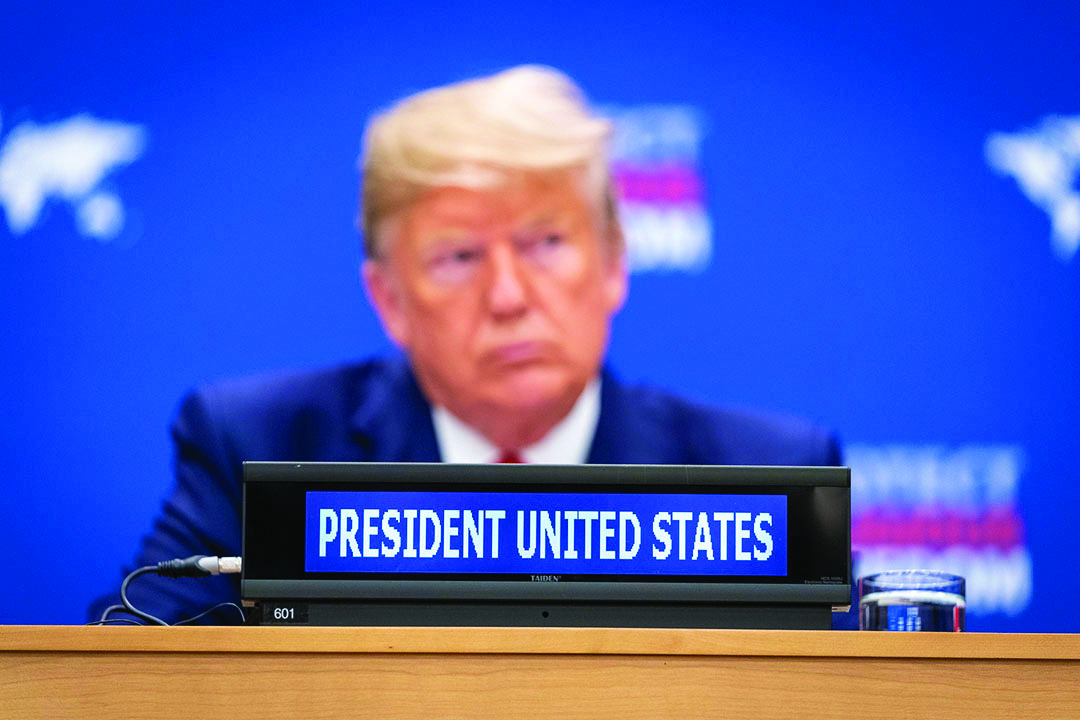Trump ran in both 2016 and 2024 on a promise to reverse the deindustrialization caused by globalization and free trade, using tariffs as his main tool. But the critical question now is: Can it work?
“Tariff is the most beautiful word.” President Trump broadcast his intentions early and often. On what he called “liberation day,” he fulfilled his promise to voters by announcing tariff rates that exceeded all expectations. Markets crashed, major donors balked, economists sneered—but Trump held firm.
His positions on tariffs and immigration were likely the two most pivotal policy stances contributing to his re-election. Despite widespread cynicism that he would ultimately cater to the interests of his wealthy backers, he has thus far resisted intense pushback from many of them. Hedge fund manager Bill Ackman warned of a looming “nuclear economic winter,” and Elon Musk—estimated to have lost $31 billion since the tariff announcement—openly called for a world without trade barriers. Yet, despite his past obsession with market performance, Trump watched the Dow fall nearly 10% in the two days following the announcement, saying: “I don’t want anything to go down, but sometimes you have to take medicine to fix something”.
Observers have filled pages trying to decipher his true motives. Is it, as Paul Krugman scoffed, a simplistic worldview—one in which selling more to the U.S. than we buy is inherently exploitative, and tariffs are the cure? Krugman argued:
“He’s got this very crude view that whenever somebody sells more to us than we buy from them, they’re taking advantage, and he’s going to end that. And people will see that he was smarter than everybody else all along…. There’s no indication of a deeper agenda… The shape of those tariffs should tell you: No, it’s just that Donald Trump doesn’t like trade deficits, and he thinks tariffs can cure them.”
Or is it about asserting dominance—forcing world and corporate leaders to “kiss the ring,” extracting loyalty through economic coercion? Perhaps it’s strategic brinkmanship: using trade as leverage to achieve broader goals, like pressuring China over TikTok, compelling countries to repatriate migrants, or controlling the drug trade.
Then again, perhaps the rationale is precisely what the administration claims: to reshore manufacturing, revitalize American labor, and safeguard supply chains. It’s worth recalling the real and lasting damage caused by trade liberalization in the 1990s and 2000s, particularly NAFTA and China’s entry into the WTO, which came to be referred to as the “China Shock.”
The work of economists David Autor, David Dorn, and Gordon Hanson on the China Shock is well known. They estimate that between 1999 and 2011, increased Chinese import competition resulted in the loss of 2 to 2.4 million U.S. jobs, mostly in manufacturing. Crucially, these losses were highly concentrated in regions dependent on manufacturing, particularly in the industrial Midwest and South. These communities not only suffered economic displacement but also long-term declines in job growth, wages, and labor force participation.
The damage wasn’t merely economic. The localized shock contributed to broader structural and social breakdown. Displaced workers lacked the mobility and opportunities to adapt. Entire regions slipped into long-term decline, marked by political polarization, social dysfunction, and strained public services.
Sociologist Shannon Monnat added a powerful layer to this analysis. Her research found a strong correlation between areas hardest hit by manufacturing job losses and rising “deaths of despair”—including opioid overdoses, alcohol-related deaths, and suicides. These same regions, especially in the Rust Belt and Appalachia, shifted most dramatically toward Trump in 2016. Monnat argues that Trump’s appeal in these areas cannot be understood solely through economics—it must be seen in the context of broader social and cultural unraveling.
Trump ran in both 2016 and 2024 on a promise to reverse the deindustrialization caused by globalization and free trade, using tariffs as his main tool. But the critical question now is: Can it work?
Shifting from motivation to feasibility, skepticism mounts. The new tariff rates seem, at first glance, arbitrary. How else to explain a 30% tariff on Nauru, a tiny island nation whose total trade with the U.S. is less than $2 million? Or a 10% tariff on the uninhabited Heard and McDonald Islands? The administration insists the rates were strategically calibrated to the value of traded goods, backed by a formula released by the Office of the U.S. Trade Representative.
Yet social media sleuths suggest something more rudimentary: (Trade Deficit ÷ Imports) ÷ 2, with a floor of 10%. The formula is so simple that some speculate it was generated by artificial intelligence. One prompt reportedly posed to a large language model—“What’s an easy way to calculate tariffs that would level the playing field on trade deficits?”—produced a similar rule of thumb.
A serious effort at reindustrialization would require far more: a detailed understanding of the economy, identification of key industries worth rebuilding, thoughtful incentives to encourage domestic manufacturing, and careful alignment with national security goals.
Trump argues that no other president could have undertaken such sweeping renegotiations. And he may be right. Few recent presidents have shown the appetite—or independence—to defy the political donor class. And the parade of foreign envoys arriving in Washington to renegotiate their own, often one-sided, tariffs on U.S. goods suggests that Trump’s aggressive tactics may be having real effects on the global trade balance (Politico, 2025).
While many may have hoped for a more refined, coalition-preserving approach, it may be that the raw force—and even the crudeness—of Trump’s strategy is what gives it power.
One can only hope that the long-term damage to America’s economic institutions and alliances is outweighed by the national security and employment benefits the administration promises.
Disclaimer: This article expresses the author’s views and not those of any organization she is connected to.







